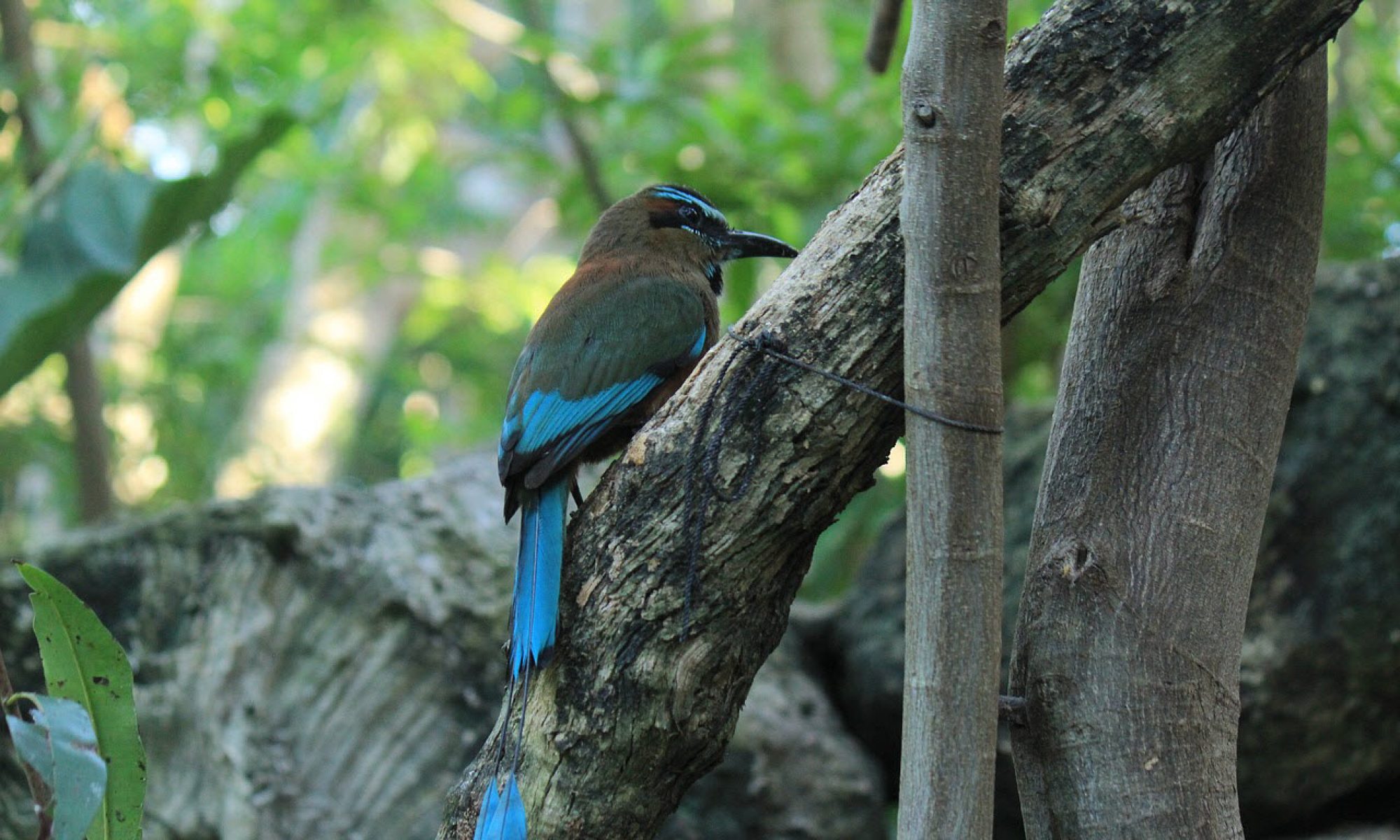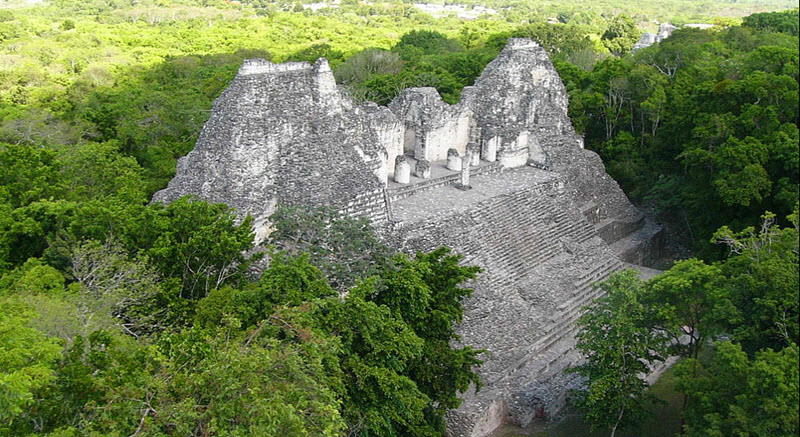Becán is an archaeological Maya site in Campeche, not far from the other Maya sites Calakmul, Balamku, Xpuhil, and Chicanna.
Becán was occupied by humans as early as the middle Pre-Classic Maya period, around the year 550 BC, but it would take a few hundred years before it grew into a major population center in the late Pre-Classic. During the late Pre-Classic, it was also an important site for Mayan ceremonies.
In the early Classic period, from around 250 AD, the Becán population decreased and the scale of construction declined. Still, it remained a site of some importance, and trade goods from as far away as Teotihuacan reached it. It was during this period that the famous ditch and ramparts were constructed around Becán.
Around the year 500 AD, Becán went through a rapid population boom and numerous large new buildings were constructed, of which most follow the Rio Bec architectural style. After the year 830 AD, no more large buildings or elite monuments were constructed here, but the site remained populated, although with a smaller population.
Becán is believed to have been abandoned at some point before or around the year 1200 AD.
The ditch
The famous Becán ditch runs the circumference of the city center, encircling an area measuring roughly 25 hectares.
When modern-day archaeologists began investigating the site in 1934, they named it Becán after a Yukatek Maya word that means “ravine or canyon formed by water”. The original name of the site remains unknown.
Archaeological exploration
- The first archaeological mentioning of the site is from 1934, when Karl Ruppert and John Denison went here on an expedition funded by the Carnegie Institution of Washington.
- In 1969-1971, archaeological excavations were carried out here funded by the National Geographic Society and the Tulane University, New Orleans, USA.
- In 1984, Román Piña Chán, one of Mexico’s most notable archaeologists, was exploring Becán when he fell from the pyramid and was badly injured.
- In 2001, the archaeologists Lucia Campaña discovered a tomb in one of the buildings at Becán.

